Commonly at U.S. Military Intermediate Level Education institutions, joint and international military students experience wargaming as only part of a linear planning process. The objective of this wargaming “step” is usually to 1) validate the Course of Action (COA), 2) evaluate each course of action’s (COA) strengths and weaknesses, and 3) allow the commander to gain an understanding of each COA prior to execution (MSTP, 59). Yet, all too often the student just experiences wargaming as a means to continue the mechanical aspect of the planning process and to not truly benefit from seeing the problem through the eyes of the commander and gain professional gems from the final objective. The visiting general / flag officer is usually the recipient of the outbrief and quickly fills the role of commander, as all eyes fixate on him/her to translate pure genius from their understanding of the problem. If this occurs, the future commanders of the naval service have lost an opportunity to develop cognitively and also are unable to put another tool in their professional toolbelt.
Test
There are varying types of war gaming events that focus on three primary focus areas: analytics, experiential, and educational (Burns, 4). In an analytic-focused game, the design of the problem is to provide results for current or new concepts, structures, or in response to unique scenarios. The student’s experience is dedicated to helping the analysis of the overall game. In an experiential-focused game the participants are given an opportunity to practice specific staff activities, while separated from the education benefits of the game. This final focus area, although in title, can be structured to provide a wide-range of benefits to the group, yet narrow confines of education objectives centered on strategic planning considerations, pulls the prospect of cognitive decision-making development out of the experience.
One way to encourage cognitive development is to address the participants role-playing decision making when confronted with an operation dilemma. Traditional ends, ways, and means framework provides decision makers with a focus on developing the ways. Each must be selected in regards to environments (ends, means), and is never blanket throughout all problem sets. The act of developing an initial strategy, no matter how fragmented, can have significant impact on the student “commander’s” cognitive development.
This active decision-making experience is not a new concept, but may have been lost in the continual drive for quantitative results and analytic modeling. In the U.S. Naval War College Operational Problem #4 (1945) the blue force student commander was initially required to publish doctrine to his subordinate commanders, providing his vision and expectations at the outset of the problem (Friedman, 122). Additionally, in Operational Problem #5 (1945) (which was designed to estimate a ‘strategic’ situation the student blue force commander briefed that “only by force of ships, can I force Orange to do that [move the enemy capital ships north for a fight]” (Friedman, 139, 146).
Committing to a strategy and addressing associated risk, ups the ante and sets the stage for a pass/fail when the game commences. Just as an elite football quarterback may prepare for an upcoming contest with planned strategies (of which were selected based on ends and means) he is ready to test the strategy when on the field. Although this may seem natural, approaches to other games may overlook this individual test that focused on self-awareness and preparing the leader for forthcoming adaptation. How often do players capture (in writing) their going-in strategy for chess? Next time your child is about to boot up a session of Minecraft, ask them to describe their strategy for success and what are their perceived consequences.
Adapt
Adaptability is a common term thrown about by military academic institutions to capture the essence of future leader competency, yet there is a hesitation to put wargaming participants in various situations to amplify their flexibility. The proposal to require participants to present an initial strategy will result in the group to experience a degree of (or possible complete) failure of strategy, and allow umpires and mentors to challenge the participants with an opportunity to adapt. The same blue force commander during Operational Problem #5 learned (through failure) that the essential mission for his force was to not to just destroy the enemy but to “wreak havoc” in order to draw more of the enemy out (Friedman, 146). This adaptation (and the awareness of it) enhances the “commander’s” reasoning and adds an additional and valuable aspect to problem solving during the wargame and abiding by Lieutenant McCarty Little’s condition to garner deeper insights (Brightman, 17). With an initial strategy defined, the student is thus given the chance to estimate the wargame situation and capture (verbal or written) the requirements for change.
The capturing of the changing cognitive decisions provides more than just an individual benefit. Group cohesion is viewed as important aspect of any wargaming event, by reinforcing the importance of the members becoming “personal involved in the group tasks” (Brightman, 24). As Brightman notes, “Players cannot be separated from the story of the game as it unfolds, and this shared experience provides them with a common bond” (Brightman, 24) and ultimately leads to military success.
The adaptable quarterback (with his coach on the sidelines) will identify the conflict between his current strategy and the opposing team’s actions. An ability to evaluate the environment, adjust the offensive approach, and execute the adapted strategy has the most benefit when the quarterback is aware of this change and why he chose it, building the confidence in his decision making ability. This not only provides the individual with repeated exposure to assessing the situation to adapt with, but it also builds the connectedness between the players and coaching staff, providing a shared experience that “provides them with a common bond” and “influences the degree that the group feels connected” (Brightman, 24).
Retest
The next time the quarterback prepares for an adversary or situation that has a comparable problem, he may be better prepared to either change the initial strategy or be more confident to quickly adapt the approach for a more effective result. If the wargaming decision maker has selected a new strategy, it is important to provide an opportunity to retest the new approach through the application of that decision. What were the final decisions made in the changed strategy? What are the strengths of the new option? Did it answer any weaknesses of the older approach or possibly the situation had changed significantly enough to warrant a new direction?
Awareness of a need to adapt is important, but almost equally important is the opportunity to capture one’s cognitive perspective as a means to provide meaningful narrative during the game wrap-up. This allows the “commander” to reflect on the experience and will “improve self-confidence and awareness of one’s strength and weaknesses” (Berbick, 2). A nice side-benefit is that educational institutions will be able to “enhance understanding and retention of core course concepts” (Berbick, 2).
Wargaming will continue to be a staple activity in military and security organizations, providing valuable insight in various activities. The ironic piece is that although many of the wargaming departments are located within the confines of educational institutions, the opportunities to stress the personal development and take a critical look at the students own abilities, emotions, and personalities are overlooked. Providing a structure for game participants to test, adapt and retest their own strategies; to face their own weaknesses; and “bear the fruit of improvement that comes from such personal pruning” (Crandall, 15) will only serve to produce exceptional senior military leaders.
Doug Crandall, “Leadership Lessons from West Point”, (Jossey-Bass: San Francisco, CA), 2007
Hal M. Friedman, “Blue Versus Orange: The U.S. Naval War College, Japan, and the Old Enemy in the Pacific, 1945-46”, (Naval War College Press: Newport, RI), 2013
Hank Brightman and Melissa Dewey, “Trends in Modern Wargaming: The Art of Conversation,” Naval War College Review 67, no. 1 (Winter 2014), pp. 17-31.
Shawn Burns, NWC “War Gamers’ Handbook”, (Defense Automated Printing Service: Newport, RI).
U.S. Marine Corps MAGTF Staff Training Program (MSTP) Pamphlet 5-0.2 “Operational Planning Team Leader’s Guide”, 2012.
Walter A. Berbick, “Enhancing Student Learning through Gaming at the Naval War College”, (Naval War College: Newport, RI).
A. J. Squared-Away is a career US Navy Surface Warfare Officer. He is graduate of the Pennsylvania State University, Marine Corps University, and the School of Advanced Warfighting (SAW). He is currently a joint operation planner at USEUCOMHQ.
The opinions and views expressed in this post are his alone and are presented in his personal capacity. They do not necessarily represent the views of U.S. Department of Defense or the U.S. Navy.

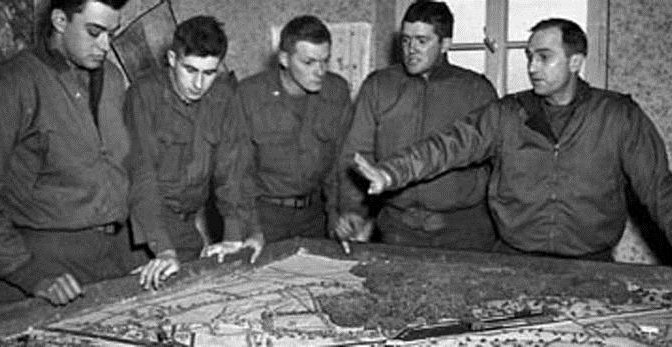
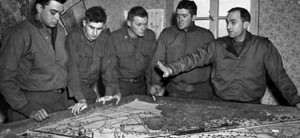

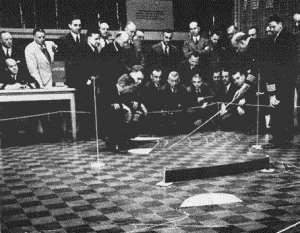
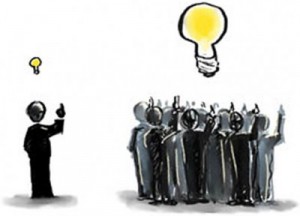
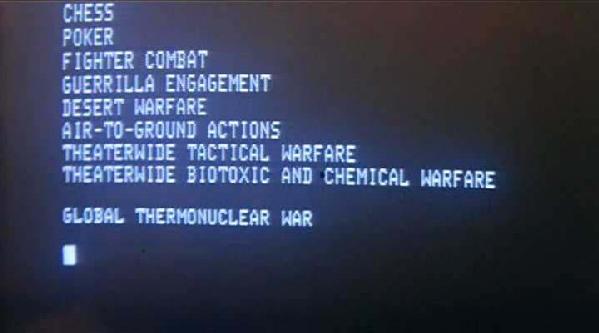
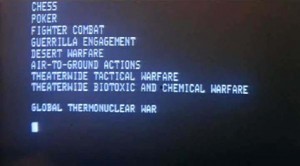

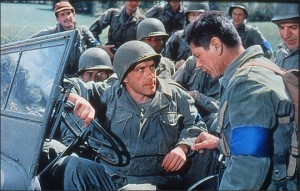 Wargaming is an opportunity to ponder the implications of security and war plans amongst the unfolding of assumed and unexpected events. An important step in most planning processes, wargaming provides the leaders, planners, and gamers with various products and considerations, to include: the ability to evaluate strengths and weakness of ways and means; a validation of plans against a thinking adversary; potential illumination to the organizational leadership on the unique aspects, advantages and disadvantages of options, and key decisions; and an opportunity to further synchronize and refine various warfighting and interagency functions.
Wargaming is an opportunity to ponder the implications of security and war plans amongst the unfolding of assumed and unexpected events. An important step in most planning processes, wargaming provides the leaders, planners, and gamers with various products and considerations, to include: the ability to evaluate strengths and weakness of ways and means; a validation of plans against a thinking adversary; potential illumination to the organizational leadership on the unique aspects, advantages and disadvantages of options, and key decisions; and an opportunity to further synchronize and refine various warfighting and interagency functions.